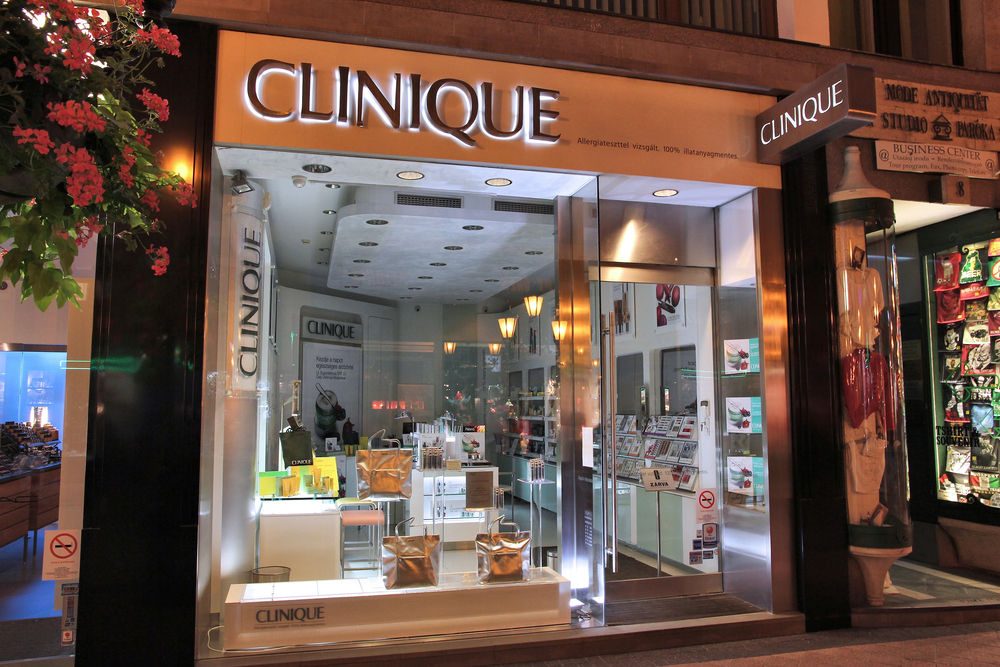The S&P 500 index has done well this year, rising by over 16%, and outperforming other global indices like the Nifty 50, CAC 40, and FTSE 100 indices.
Most of this growth has been because of the technology sector, where companies like Nvidia, Super Micro Computer, and Arista Networks have done well.
Companies in other sectors like GE Aerospace, Iron Mountain, Vistra Energy, and Constellation Energy have jumped by over 50% this year.
This performance has led to substantial inflows in some of the ETFs that track the index. The Vanguard S&P 500 index (VOO) has brought in over $64 billion in inflows, breaking a record.
The Ishares Core S&P 500 ETF (IVV) has added over $44.9 billion in assets. On the other hand, the SPDR S&P 500 ETF (SPY) has shed over $19.1 billion.
This divergence is primarily because of the fund’s higher expense ratio of 0.09% compared to IVV and VOO’s 0.03%. While these are small numbers, there is no need to pay a 0.0% fee for the same asset costing $0.03%.
While many companies in the S&P 500 index have done well this year, others have struggled. So, here are some of those names.
Walgreens Boots Alliance | WBA
Walgreens Boots Alliance, the second-biggest pharmacy chain in the United States, has crashed by over 66%, making it the biggest laggard in the S&P 500 index.
The company, as we have written before, is facing a mountain of challenges. It needs billions to upgrade its stores, store theft is continuing, wage growth is accelerating, and competition from the likes of Amazon and Walmart is heating up.
Walgreens has also struggled to exit its Boots business, which has been a top laggard over the years. It also decided to exit its VillageMD business earlier this year, taking over $6 billion in writedown.
Walgreens is not the only pharmacy company that is struggling. Rite Aid filed for bankruptcy in 2023 while CVS Health shares have dropped by over 20% this year.
Read more: Walgreens is reportedly contacting potential Boots buyers
Intel | INTC
Intel is the second-worst-performer in the S&P 500 index, down by over 60% this year. The company is going through major challenges as its growth continues slowing down. In August, its stock tumbled by over 20% after it published weak financial results, issued a weak forward guidance, and announced plans to lay off over 15,000 workers.
Intel’s board will conclude its three-day meeting on Thursday and highlight major changes. For example, it could decide to split its business by separating its foundry business. Also, the board may decide to raise cash by selling stakes in Altera and Mobileye, two companies that it split recently. The challenge, however, is that the two stocks have plunged by over 70% and selling now would lead to a big haircut.
Intel has also missed the AI boom. While it has products that compete with AMD and Nvidia, most data center companies don’t think about it when making decisions. Therefore, there is a likelihood that the company will continue struggling for a while.
Read more: Intel faces potential customer backlash over manufacturing quality: how bad is it?
Lululemon Athletica | LULU
Lululemon Athletica stock has had a major fall from grace after falling by over 50% this year and 35% in the last 52 weeks. This crash has brought its market cap to over $31 billion.
Lululemon, which is the biggest player in the athleisure industry, is facing major challenges. The core issue is that its business is no longer growing as it did in the past.
At the same time, the industry has become highly saturated, with competitors including the likes of Gap, Nike, Adidas, On Holding, Puma, Reebok, and Fabletics.
The most recent results showed that Lululemon’s revenue increased by just 7% in the second quarter to $2.8 billion. In the past, the company used to have constant double-digit growth as it opened tens of stores per quarter.
Lululemon expects that its revenue will be between $2.3 billion and $2.36 billion in the third quarter, representing a 6% growth rate.
Estee Lauder | EL
Estee Lauder stock has also underperformed the market this year, falling by over 42%. It has also fallen by over 76% from its all-time high, bringing its market cap from over $140 billion in 2021 to $29 billion.
Estee Lauder’s main challenge is that its business is not growing while wrangles in the Lauder family are disrupting the management.
The company’s revenue fell by 2% in the last financial yearwhile its earnings per share fell by 61% to $1.08. Also, its organic sales declined by 2%.
Estee Lauder expects that its premium brands will continue falling this year in China, where the economy is no longer growing as it did before. The company will unlikely recover any time soon unless it introduces new management.
The other top laggards in the S&P 500 index this year are companies like Dollar Tree and Dollar General, which have crashed by over 40%, Discovery, Bath & Body Works, Etsy, Boeing, Paramount, and CVS.
The post Here are the top laggards in S&P 500’s VOO, SPY, and IVV ETFs appeared first on Invezz

